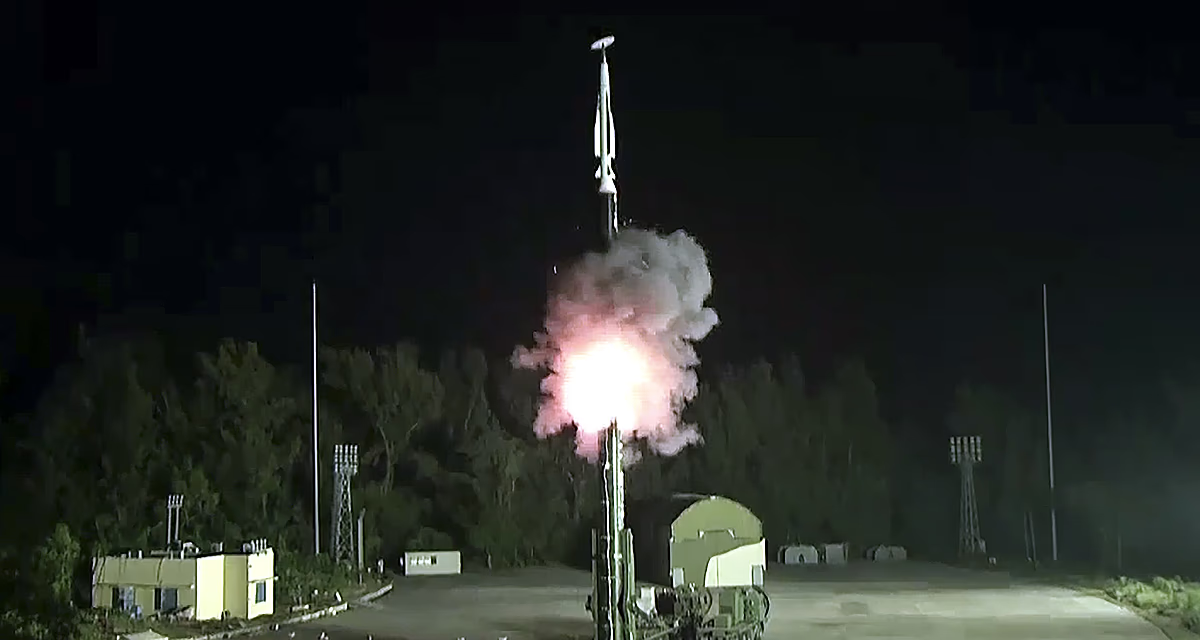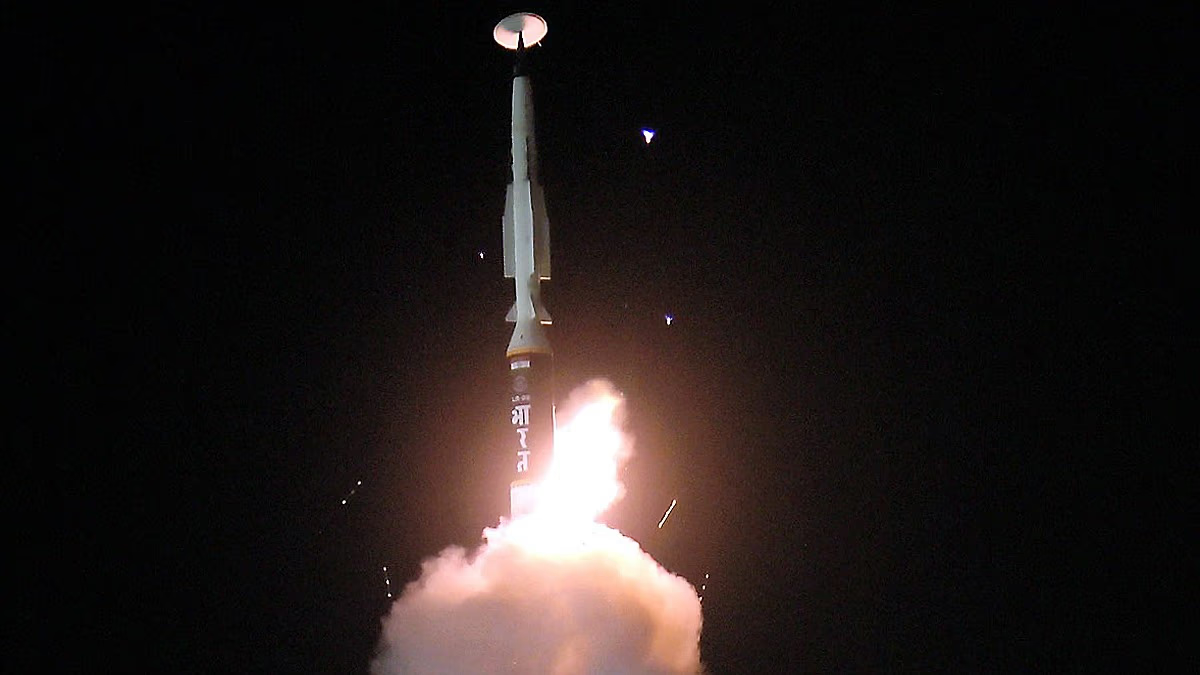On April 26, 2025, DRDO triumphantly tested the scramjet, set to be integrated into a hypersonic missile. With this successful demonstration, India joins the elite nations equipped with hypersonic weapons, potentially surpassing the speed achieved by America's and China's missiles.
Currently, Russia leads in this arena, but India is swiftly catching up. Initially conceptualized for the BrahMos-2 missile, unexpected delays owing to the Russia-Ukraine conflict spurred India to forge its own technology, weaponry, and missile systems.
Read More:
The missile powered by this engine will reach Islamabad in mere seconds. Having completed production and undergone trials in November 2024, the LRAShM or long-range hypersonic missile’s new engine will increase its speed, previously clocked at 11,113.2 km/hr, translating to 3.087 km per second.
The advanced missile boasts a range slightly exceeding 1500 km. Covering this distance takes about 8 minutes, promising destruction in minutes to regions like Islamabad from Delhi (690 km), Karachi (1100 km), and from Kolkata to Dhaka (250 km) and Chittagong (370 km).
Range Capabilities...
Positioned near the Pakistan border, this missile encompasses the entire nation within its range. From the Chinese border, it covers up to 45% of China, approaching from the Himalayas. If launched from coastal regions, it obliterates enemy ships across the Arabian Sea, Bay of Bengal, and Indian Ocean, cementing India’s stature in Asia alongside Russia and China.
Read More:
Diverse Weapon Range...
India’s LRAShM, a long-range anti-ship missile, accommodates various weapons across different ranges. Reducing weapon weight extends its range beyond 1500 km, enabling tracking via multiple systems.

Source: aajtak
India's Hypersonic Missile Tracking System
India boasts a sophisticated hypersonic missile tracking system—an asset many powerful nations lack. Its missiles execute terminal maneuvers, evading enemy targeting. They alter speed, direction, and path, delivering lethal precision.
Benefits for India?
- The Indian Ocean Region (IOR) witnesses 80% of global oil trade. India's navy ensures security, potentially deploying this missile to safeguard vital shipping lanes. - If China or Pakistan attempt incursions into India's maritime domain, spy vessels or warships face immediate submersion. - Contemporary air defense systems struggle to track such rapid missiles, cementing their status as deterring war machines. - Their deployment in regional maritime zones could enhance security from the Strait of Malacca to the Persian Gulf, poised on any coastline.
Read More:
What are Hypersonic Missiles?
Hypersonic missiles speed at Mach 5, five times the speed of sound, reaching 6100 km/hr. Their remarkable agility and precision make them nearly impossible to track or intercept.

Source: aajtak
Are All Missiles Hypersonic?
Typically, cruise or ballistic missiles are fast. However, their predictable paths enable tracking and potential interception. By augmenting their speed beyond sound by fivefold and equipping them with adaptive steering technology, these become formidable hypersonic arms, challenging detection and defeat.
Varieties of Hypersonic Weapons?
Hypersonic weapons mostly fall into two categories: glide vehicles, akin to airborne gliders, and cruise missiles. Current focus lies on glide vehicles, powered by attached rockets, deployed from launchers. Upon detaching from its missile, the glide vehicle effortlessly targets its goal. Generally, a scramjet engine powers these, leveraging atmospheric oxygen for augmented speed and altitude.
Which Countries Possess Hypersonic Missiles?
Hypersonic missiles belong to the arsenal of the USA, Russia, and China. Allegedly, North Korea has also joined this elite group, capable of precision attacks either terrestrially or extraterrestrially. Meanwhile, India intensifies its endeavors to develop similar high-caliber missile technology.




